The world’s largest volcano, Mauna Loa in Hawaii, is an active shield volcano. It’s over 13,678 feet above sea level and extends another 18,000 feet below sea level to the ocean floor.
The deadliest recorded volcanic eruption in history was Indonesia’s Mount Tambora in 1815. It killed around 71,000 people and triggered a “year without a summer” around the world.
Volcanoes have been found on other celestial bodies in our solar system, including Mars and Jupiter’s moon, Io. These are known as cryovolcanoes.

Lava can reach temperatures of about 1,250 degrees Celsius (2,282 degrees Fahrenheit).
A volcano is a rupture in the Earth’s crust that allows hot lava, volcanic ash, and gases to escape from a magma chamber below the surface.
Super volcanoes are capable of eruptions thousands of times more powerful than normal volcanic eruptions. The Yellowstone Caldera in the USA is an example of a super volcano.
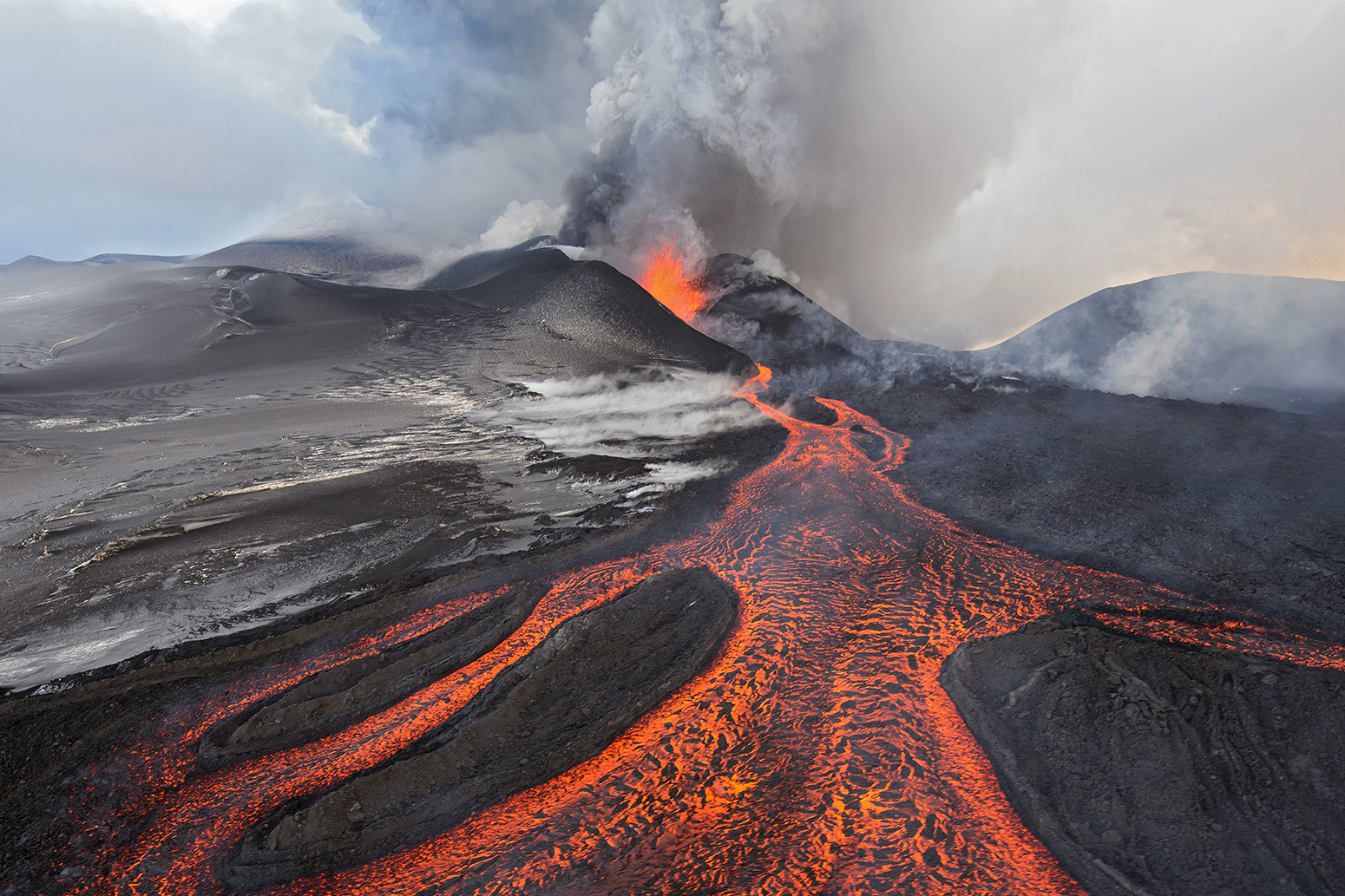
The term “volcano” comes from the name “Vulcan,” the Roman god of fire.
The eruption of Mount Vesuvius in 79 AD, which destroyed the Roman cities of Pompeii and Herculaneum, is one of the most famous volcanic eruptions in history.
Volcanic ash is not like ash from wood or paper. It’s hard, abrasive, and does not dissolve in water.
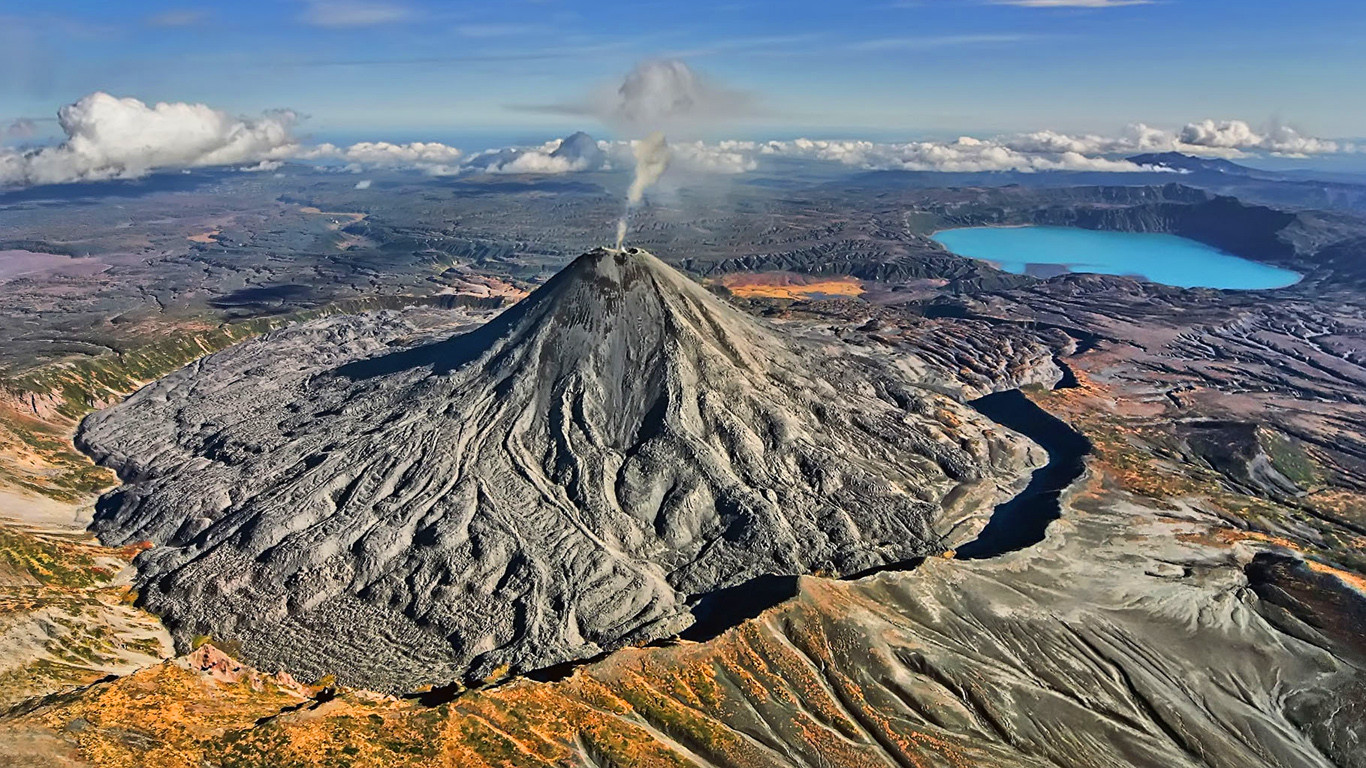
Underwater volcanoes, also known as submarine volcanoes, are common and can form new islands when their summits rise above the water’s surface.
There are more than 1,500 potentially active volcanoes worldwide.
The world’s largest super-volcano is the Toba volcano in Indonesia. Its last eruption around 74,000 years ago was reportedly responsible for a global volcanic winter.
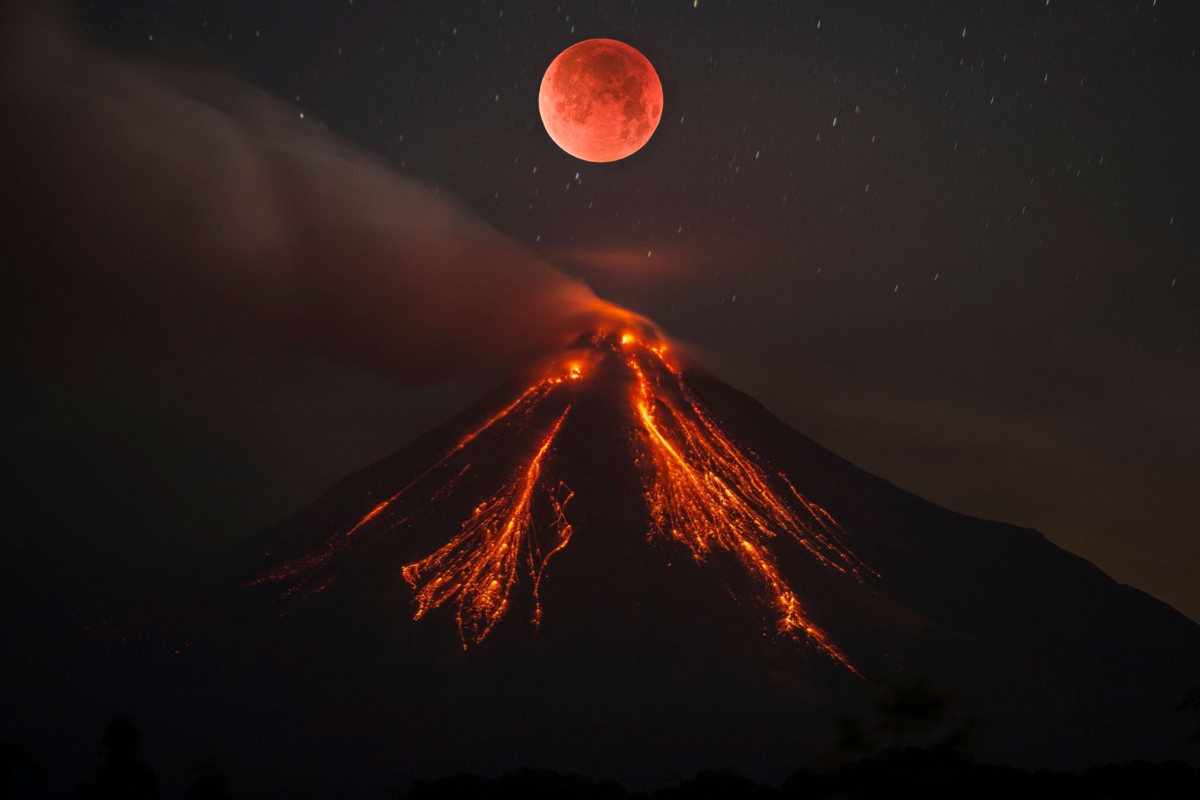
Pahoehoe and aa are two types of lava. Pahoehoe is smooth and often forms a rope-like appearance, while aa is rough, jagged, and chunky.
Around 75% of the world’s volcanoes are located in the Pacific Ring of Fire, an area around the Pacific Ocean where tectonic plates meet.
Volcanic eruptions can influence global climate by injecting ash and aerosol droplets into the stratosphere.
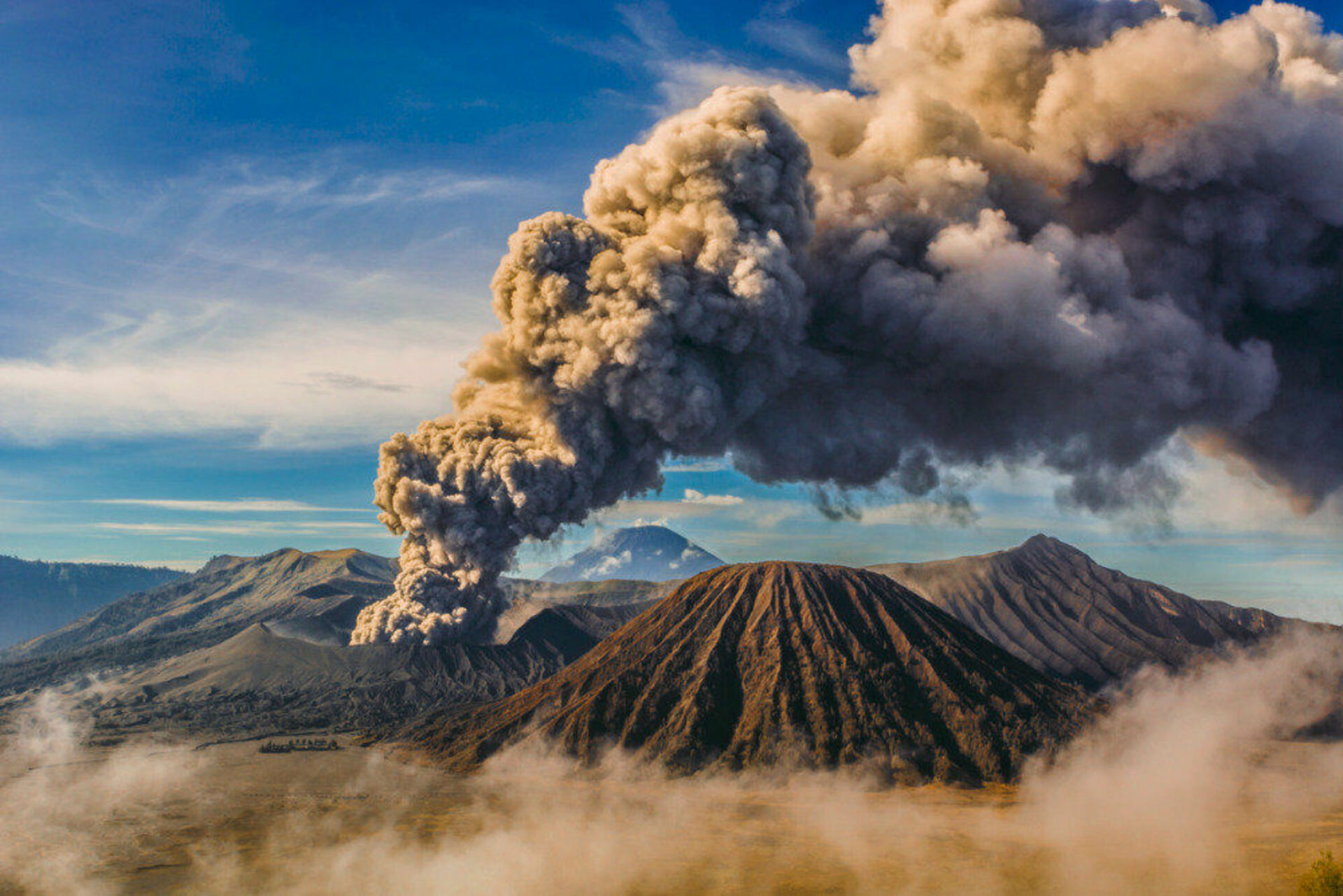
The three main types of volcanoes are shield, cinder cone, and composite.
The most active volcano on Earth is the Kilauea volcano, also in Hawaii. It’s been erupting continuously since 1983.
Despite their destructive power, volcanoes also have benefits. They produce fertile soil for agriculture and their eruptions can create new landforms.
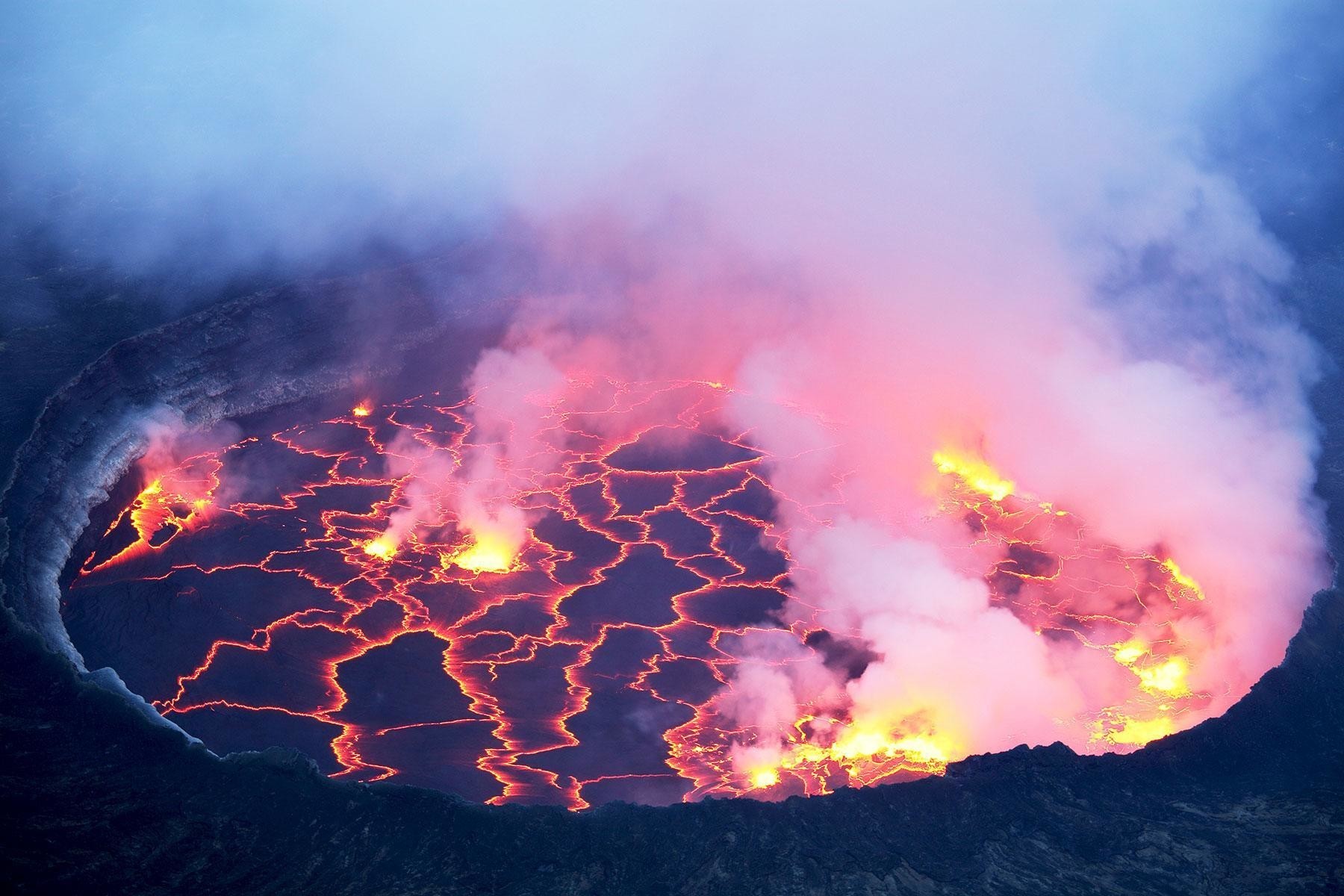
Volcanoes can form at tectonic plate boundaries, over hotspots in the Earth’s mantle, and over weakened areas in the Earth’s crust.
Pyroclastic flows, fast-moving currents of hot gas and volcanic matter, are one of the most dangerous aspects of volcanoes.
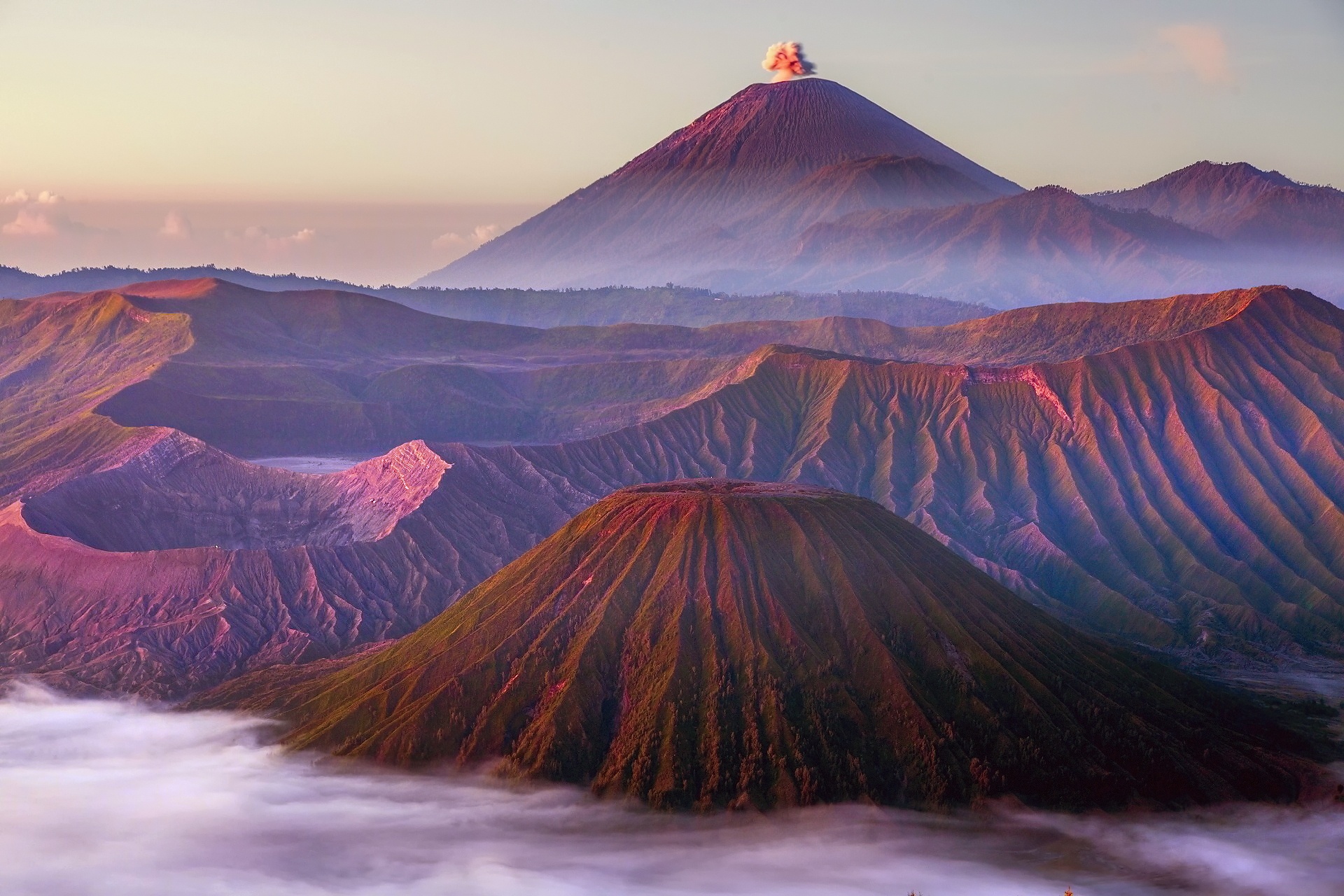




Related Posts
7 Interesting Facts About Running
7 Health Benefits of Laughing
5 Brilliant Facts About Rhinoceros Beetles